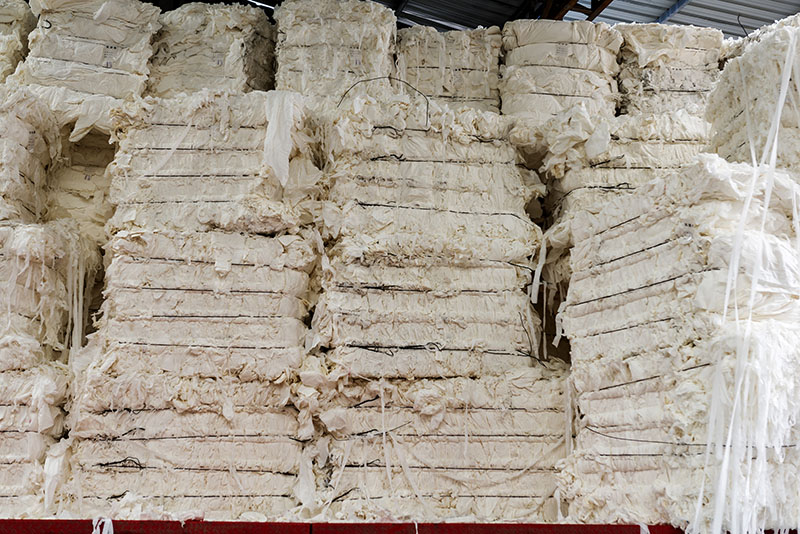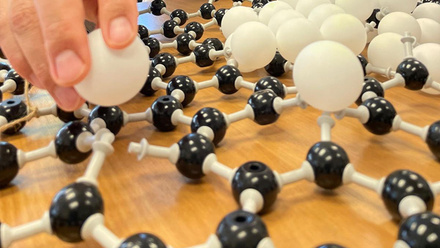Waste wood turns waste heat into electricity
Waste from wood products can convert waste heat into electricity, according to an Irish-Spanish study.

Researchers at the Universities of Limerick, Ireland, and Valencia, Spain, say they have generated electricity using low-grade heat recovered from lignin-derived membranes.
Lignin is a byproduct of paper and pulp production. The membranes use ions in the material to turn waste heat into electricity.
The low-grade heat is waste heat at 200°C from industrial processes, as well as insulating systems, ocean thermal gradients, biomass fermentation and solar heat, says the team.
Professor of Materials Science at the University of Limerick, Maurice Collins FIMMM, explains, 'Lignin was dissolved into a solution, then frozen unidirectionally to form a channel structure. This structure is lyophilised (freeze-dried under a vacuum) and then immersed in a chemical crosslinker solution to undergo chemical crosslinking. The resulting product is lignin ionic thermoelectric membranes.'
The thermoelectric membranes store ions after the membranes are soaked into a potassium hydroxide electrolyte for 48 hours – based on the Soret effect, where a temperature gradient induces an inhomogeneous distribution of cations and anions in the membrane, generating voltage.
These infiltrated membranes are placed inside plastic moulds and between two stainless steel plates using epoxy for ionic thermoelectric testing.
'The [membranes’] excellent thermal stability and superior swelling ratio allow their optimisation as low-grade heat recovery technologies. Several vertically aligned nanoscale confinements are found in the synthesised membranes, contributing toward enhanced ionic diffusion,' conclude the researchers in the paper on Lignin-derived ionic conducting membranes for low-grade thermal energy harvesting, published in Advanced Functional Materials.
If the infiltrated membranes are completely sealed with zero electrolyte evaporation, it can last months, say the scientists.
Earlier studies have used cellulose from natural wood, as opposed to waste wood in this study.
The researchers report in the paper, 'Among all the combinations, the membrane comprising 69.2wt.% of lignin and infiltrated with 0.5m KOH [potassium hydroxide electrolyte] exhibits an exceptional ionic figure of merit of 0.25, relatively higher ionic conductivity (51.5mScm-1), lower thermal conductivity (0.195Wm-1·K), and a remarkable ionic Seebeck coefficient of 5.71mVK-1 under the application of an axial temperature gradient.'
PhD student at Limerick, Muhammad Muddasar, claims the membrane is lightweight, easy to synthesise and biocompatible, making it suitable for thermal energy harvesting, temperature sensing and biomedical sensors for health monitoring.
The team envisages the process being used for portable electronics or for powering internet-of-things sensors, thermal sensors or even using body waste heat for biomedical devices.
They want to replace the steel electrodes in the set-up with carbon ones to store the harvested energy and, once the ionic thermoelectric supercapacitor is finalised, aim to scale up.







